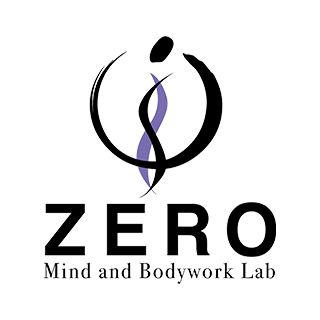Introduction
Hello, I’m Hidefumi Otsuka, offering Rolfing sessions in Shibuya, Tokyo.
Since April 8, 2025, I’ve been participating in the Advanced Training (AT) organized by the Japan Rolfing Association in Ichigaya, Tokyo. The instructors are Ray McCall and Hiroyoshi Tahata.

Tomorrow marks the final day of the first half of the AT.
In my previous post, I summarized the concept of “integration,” a key feature of Rolfing.
Through the AT, I’ve come to reaffirm the significance of “closing” in the integration process. Based on what I’ve learned, I’d like to share insights on the role and practice of closing.
What Is Closing?
Ray McCall emphasizes the importance of closing with the following statement:
“One of the reasons closures are important is because it allows what is next to happen.”
Closing is the process of physically “settling” the session’s experience, sensorially “digesting” it, and integratively “making sense” of it. It’s a crucial step that enables clients to sustain the benefits of the session and naturally transition to subsequent changes.
Two Forms of Closing: Orchestrated and Organic
In the AT, closing is explained as having two types: “orchestrated” and “organic.”
- Orchestrated Closing: A deliberately designed and directed closing, akin to an orchestra concluding under the conductor’s cue.
- Organic Closing: A naturally occurring conclusion process, similar to cherry blossoms blooming and falling in accordance with nature’s principles.
Both forms provide a foundation for clients to continue self-regulation and bodily transformation after the session.
Stabilizing the System: Static and Dynamic Stability
Closing also serves to stabilize the client’s system. Stability can be categorized into “static stability” and “dynamic stability.”
- Static Stability: A state with low potential for change. For example, a marble resting immobile at the bottom of a valley.
- Dynamic Stability: A state with the potential for change and responsiveness. For example, a marble poised at the peak of a hill, capable of moving in either direction.
An ideal closing aims to end the session with the client in a state of dynamic stability, enabling continued self-regulation.
The Relationship Between Core and Sleeve
Ray describes a primary hallmark of integration as follows:
“One of the primary hallmarks of integration is for the inside the core to respond out into the world, not limited by the sleeve, and to receive information from the outside to the sleeve informing the core without disturbing it.”
This suggests that closing promotes a state where the client’s internal stability is maintained while flexibly responding to external information.
How to Make Closing Effective?
To conduct an effective session closing, consider the following:
- Observe the Client’s State: Carefully assess the client’s condition towards the end of the session and choose between orchestrated or organic closing as appropriate.
- Aim for Dynamic Stability: Strive to conclude the session with the client in a state of dynamic stability, facilitating ongoing self-regulation.
- Consider the Core and Sleeve Balance: Be mindful of the relationship between the client’s core and sleeve, promoting a state that can flexibly respond to external information.
Conclusion
Closing is not merely the end of a session but an essential process that enables clients to continue self-regulation and naturally transition to subsequent changes. By appropriately utilizing orchestrated and organic closing and promoting dynamic stability, we can achieve deeper integration.
I hope this post proves helpful to you.

